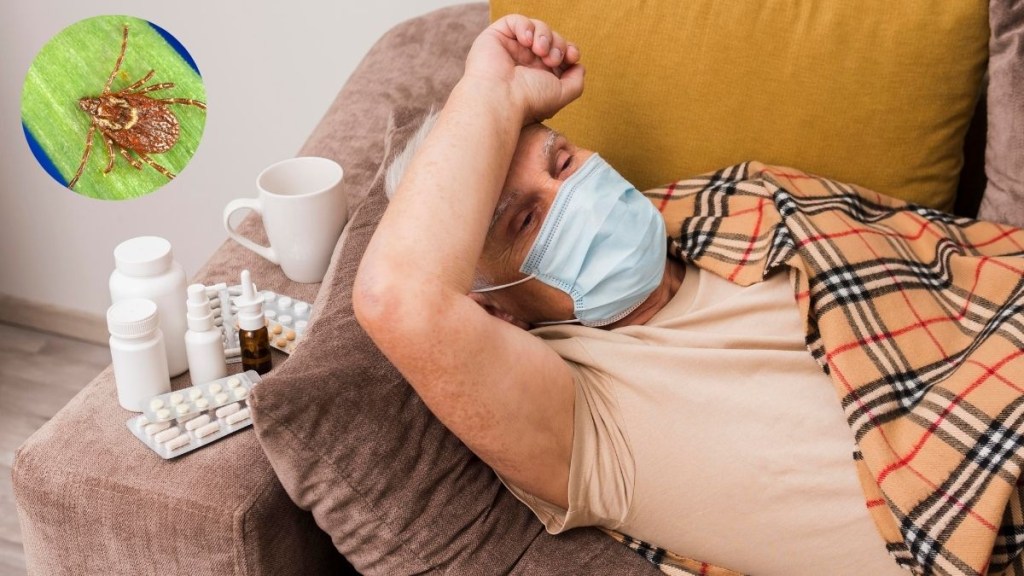Texas is seeing a sharp rise in flea-borne typhus, an illness once thought to be nearly gone from the US. The disease is now on the rise again in states like Texas, California, and Hawaii. Doctors warn that without quick treatment, typhus can turn serious and even be deadly. The Texas Department of State Health Services (DSHS) has reported thousands of cases in the past decade, with about 70 per cent of patients getting admitted in hospitals.
What is flea-borne typhus?
According to the Centers for Disease Control and Prevention (CDC), flea-borne typhus, also known as murine or endemic typhus, is caused by the bacterium Rickettsia typhi. People usually become infected when bitten by fleas that carry the bacteria from animals like rats, cats, or opossums. Infection can also occur if flea waste gets into cuts or is accidentally inhaled.
Symptoms of flea-borne typhus to watch out for
According to the CDC, symptoms of typhus usually appear within 6 to 14 days after infection. Early signs can resemble the flu, which is why the illness is often misdiagnosed. Patients may develop a sudden high fever with chills, severe headache, muscle aches, loss of appetite, nausea or vomiting. Some also experience abdominal pain or cough. Around the fifth day, a rash often appears on the chest or back and can spread outward.
The Texas DSHS reveals that not everyone develops a rash, which can make recognition tricky. Severe or untreated cases can damage internal organs like the liver and kidneys and, in rare situations, lead to death.
Why is typhus making a comeback?
In the mid-20th century, large-scale public health campaigns wiped out most flea-borne typhus in the US. The US Public Health Service even sprayed thousands of homes with DDT in cities like San Antonio, cutting transmission dramatically.
But now, changing conditions are fueling a resurgence. Infectious disease specialists say warmer temperatures from climate change are allowing fleas to thrive, while booming rat populations in cities provide ideal hosts. This combination creates fertile ground for typhus to spread again.
How is typhus treated?
Doctors diagnose typhus through blood tests, but experts stress that treatment should not wait for lab confirmation. The CDC recommends doxycycline as the first-line antibiotic, and when given early, recovery is usually quick and complete. Delayed treatment increases the risk of hospitalisation and complications.
Prevention tips: How to stay safe from typhus
Since there is no vaccine for typhus, prevention remains the best protection. The CDC and Texas DSHS advise controlling fleas on pets with vet-approved treatments, keeping rodents and stray animals away from homes by sealing entry points and securing trash, and maintaining clean yards by mowing grass and removing brush where rodents may hide. Health officials also recommend using insect repellent on skin and clothing, wearing long sleeves and pants when outdoors, and regularly cleaning bedding and pet areas to get rid of flea eggs and larvae.
What to do if you suspect typhus?
As per CDC anyone who gets a sudden fever, headache, and rash should see a doctor right away, especially if they’ve been bitten by fleas or spent time outdoors. You must let a doctor know about contact with fleas or rodents as it can help them treat you better.

